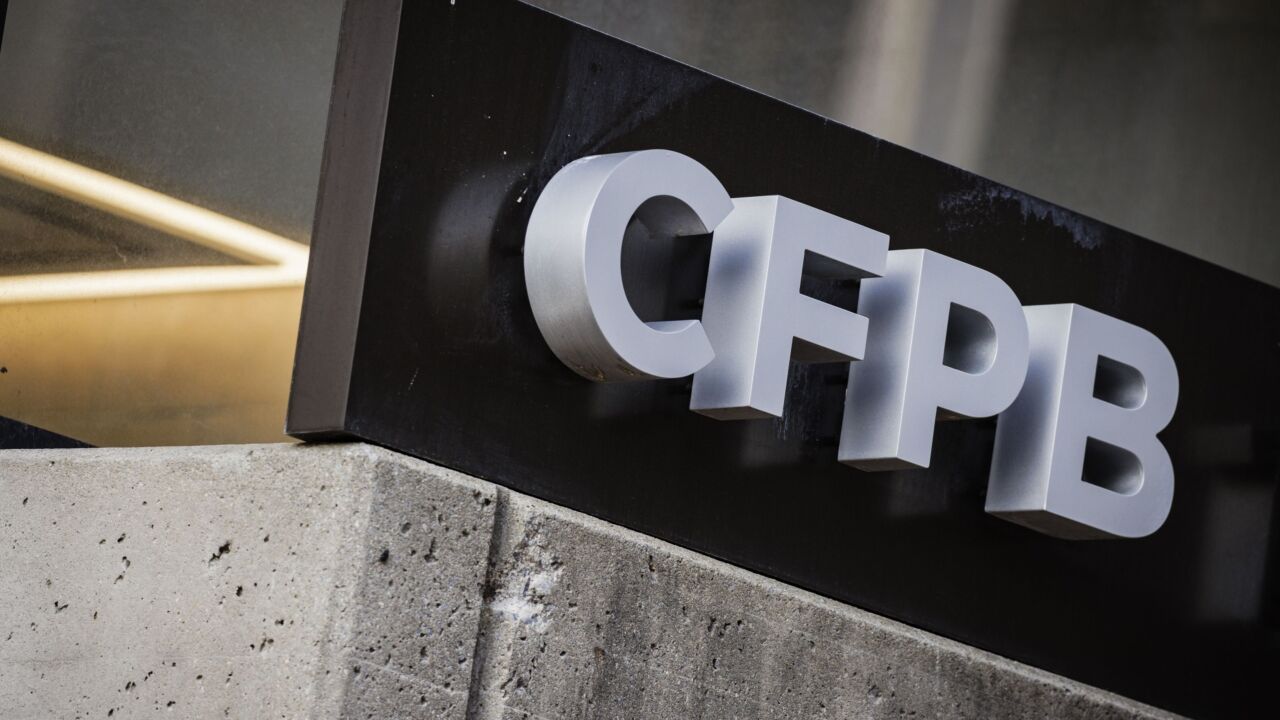Shell has launched a new mobile app called Pay & Save, designed as a frictionless complement to the EMV-chip cards it must accept at its pumps by late 2020.
When other merchants transitioned to EMV in 2015, it created an inconsistent experience and perceived delays. Gas stations already struggle with loyalty — it ranks behind price and location in how consumers choose where to fuel up, according to
The new Shell app is designed to flip the payment process by putting the brand first. It allows consumers to locate Shell fuel stations across the U.S. that are convenient to them, pay for fuel using their preferred payment method and use the company's Fuel Rewards loyalty program. Since Shell has the largest network of branded fuel stations in the country — almost 14,000 stations according to the fuel industry publication

While Shell is not first major fuel retailer to have a mobile payment app, the size of its network could have a major influence on consumer payment habits and fuel brand choice.
“It would appear that the mobile payment option is similar to an 'in app' payment, which would require a change in payment behavior from inserting your card at the pump," said Kevin Morrison, senior analyst on the retail banking and payments team at Aite Group, adding that the app "addresses consumer fears around 'skimmers' capturing card information.”
The app is indeed meant to address consumers' safety concerns, said Alberto Rivas, head of North America marketing technology for Shell Retail.
“We are trying to improve the customer experience as it allows the consumer to transact from the safety and convenience of their vehicle," Rivas said. “It also has the ability to drive more loyalty to the Shell brand."
Switching to mobile payments could potentially supplant chip cards being dipped at the pump as the preferred payment choice before EMV fully arrives to the fuel industry in 2020. While most merchants faced an October 2015 deadline for compliance,
As the price of gasoline rises, so does the importance of price as a factor. In past NACS surveys, price has typically been three times more important than location in the station choice and location is usually twice as important as fuel brand.
Shell's payment initiatives also target price. Its
The new Shell Pay & Save app launched in early October similarly lets consumers link a checking account, though it also supports credit and debit cards and Chase Pay. Most Shell stations can accept the app today; while there are some stations that still need to undergo the necessary software upgrades to accept the mobile payments, Rivas expects that they will be making the changes in the near future.
While fuel retailers are bringing new payment technologies to the fore, there is still the looming 2020 EMV compliance deadline that must be addressed. “It’s an augmentation or added option to facilitate payment, but I don’t believe it relieves the company from the EMV fraud liability shift. They will still need the ability to take payments at the pump,” noted Morrison.





